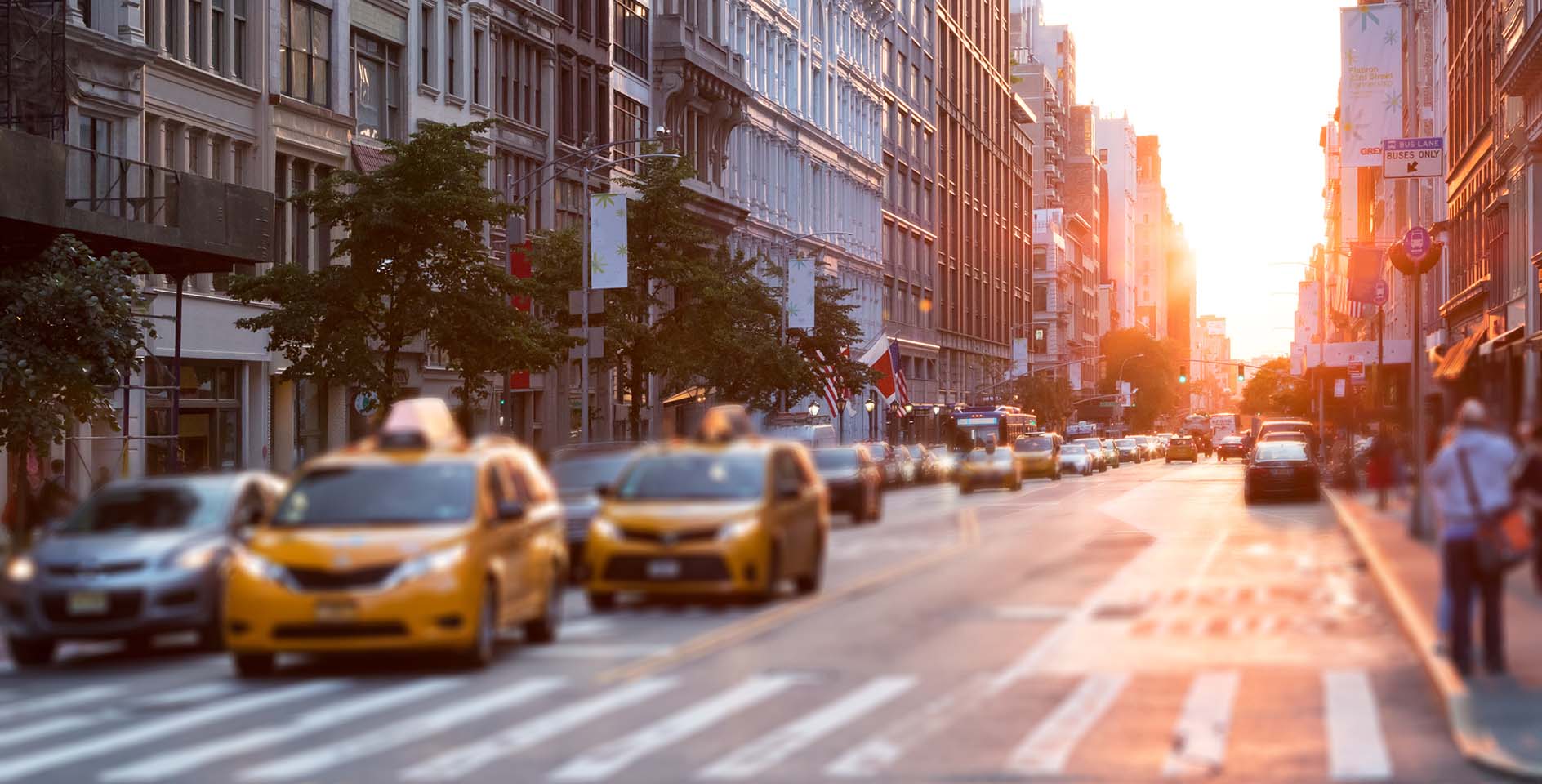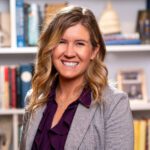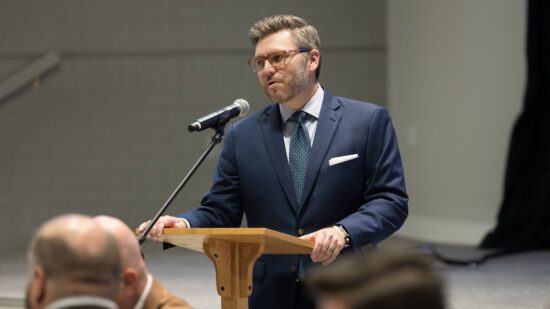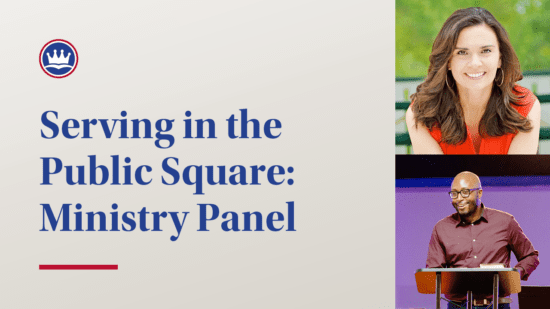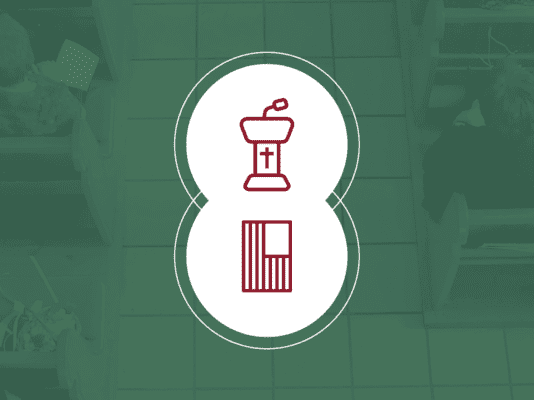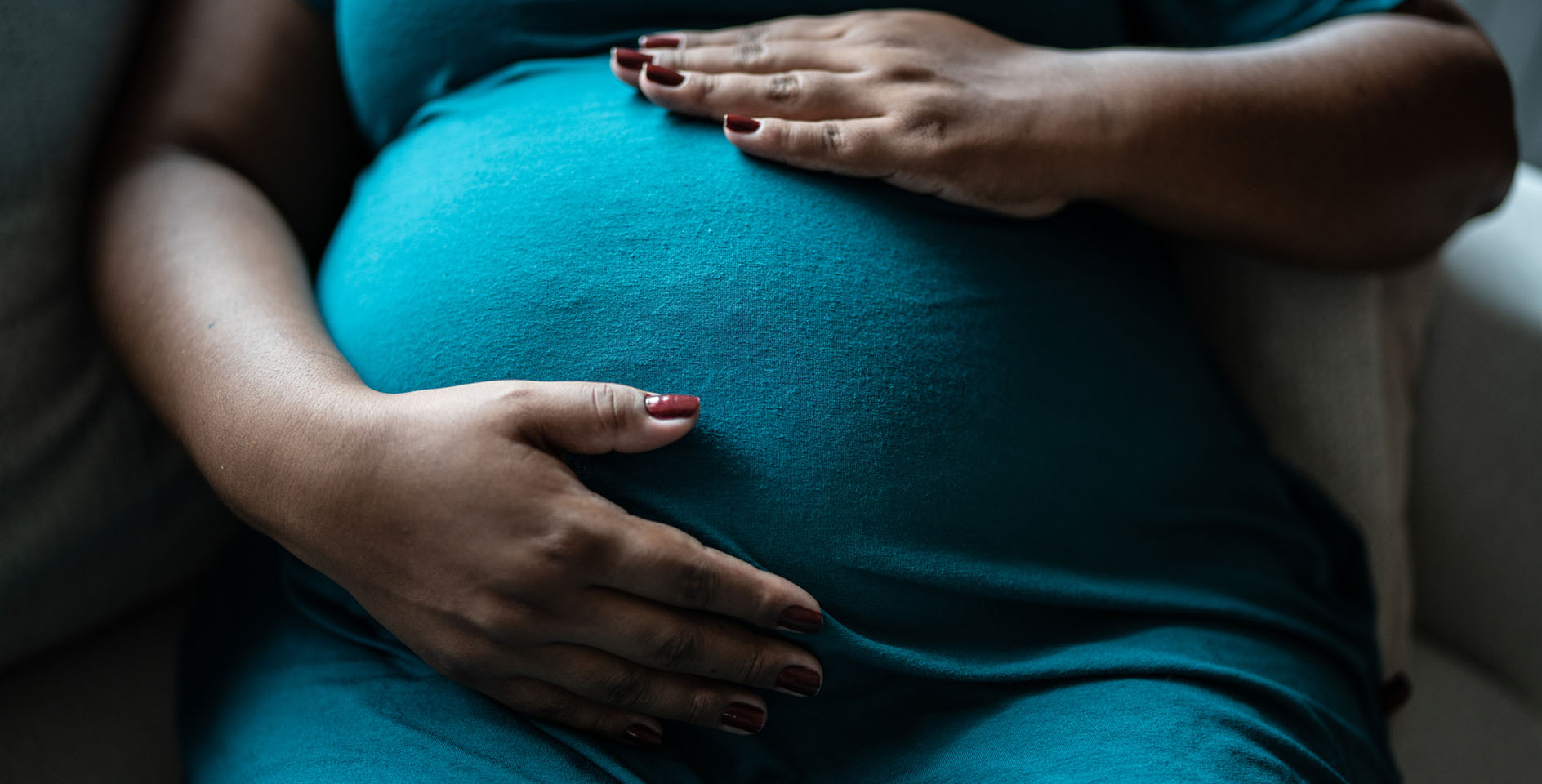Racial diversity and racial unity are ongoing topics of discussion among Christians. But more than that, they ought to be realities that we prayerfully and fervently pursue within our churches and communities. This is especially true for urban churches in places like New York City, New York, where a large number of different people groups are concentrated in relatively small spaces. Ramny Perez, the lead pastor of Fordham Community Church, an urban church in New York City, talks below about the heart of racial unity and the blessing of a diverse and unified church.
Julie Masson: Some Christians be experiencing compassion or conversation fatigue as we talk about racial unity. Why do we keep talking about this issue?
Ramny Perez: First and foremost, we talk about racial unity because Christ has died and purchased a diverse Bride (Rev. 5:9). Secondly, we are to guard the unity of the Spirit in order to live a life worthy of the salvation we have received in Christ (Eph. 4). I believe that some have checked out of this conversation, in part, because of the callousness of heart that has set in. Others, particularly minorities, are just tired of trying to convince their fellow Christians that these are gospel issues. Personally, for our church, we want to build on what we see is biblically good and faithful and not concern ourselves with debating those who are uninterested in racial unity.
Masson: Many of us think in terms of “black and white” when talking about racial unity. Should that be the case?
Perez: It should not be the case. There is a unique and long history with the Black and white relationship in this country that cannot be ignored and needs to be discussed. Further, any leader desiring to shepherd a gospel-centered church in this country should have some familiarity with these issues and the surrounding conversations. But, it is not the only conversation that needs to be had.
The country is more Latino than ever. The future of the American church lies not in black and white, but in the Latino church. Additionally, the conversation should be expanded because a lack of gospel-informed unity exists in a variety of backgrounds, not just Black and white.
Masson: What are some of the dynamics your urban church faces in New York City that make it harder or easier to pursue racial unity?
Perez: The Bronx is a borough made up of 1.5 million people, 91% of which are what most of the country would call minority groups. In addition, 30% are first-generation Americans and speak a different language at home. For our church, pursuing racial diversity and unity in the gospel is more than a black-and-white conversation. It includes many layers. Yet, there are shared experiences of living in an urban context that have given us a common-grace advantage.
Masson: In your urban church plant, how have you seen a diverse neighborhood and church community shape gospel growth?
Perez: Our church, by God’s grace, has been able to reach and be composed of the diversity in our neighborhood. This has led us to focus on the proclamation of the gospel and the Word of God in a way that is not colorblind.
Additionally, we have intentionally sought to cultivate a culture where being a part of our church means that you welcome and honor different cultures. We see this reflected in our music, the food we eat in fellowships, and the illustrations in our sermons.
Masson: How has your church changed demographics over the years?
Perez: We started our church with 11 people, the majority being Latino, some white, and others Asian. This correlated well with our neighborhood. Since the diversity in our church has grown, we now have Dominican, Cuban, Puerto Rican, Black, Nigerian, Sierra Leonean, Senegalese, Korean, Chinese, Japanese, Mexican, Ecuadorian, Honduran, white, Bolivian, and more people groups reflected in our Sunday gathering.
Masson: How do you shepherd your church to build relationships with people of different backgrounds for the sake of the gospel?
Perez: As leaders, we have sought to model this. I have learned over the years that the ability of leadership to multiculturally connect is the biggest indicator of whether a church will do this healthily.
We have also emphasized the expository preaching of God’s Word, which creates a meal we can all gather and build relationships around. In addition, we encourage a Christ-centered identity that remains welcoming and lovingly curious of other cultures. For example, we often have food from different cultures in our members’ meetings, we sing songs that are diverse every week, and we encourage people to believe the best of each other.
Masson: What is one piece of encouragement you would give another urban church planter who is seeking to build bridges with people of different backgrounds?
Perez: Church planters should learn to develop cultural agility. The ability to meaningfully relate to and connect with other cultures, without dishonoring others, is vital. This cultural agility will come out in preaching, interpersonal conversations, and leadership decisions. I’m convinced this is the necessary main ingredient that is often missing.



